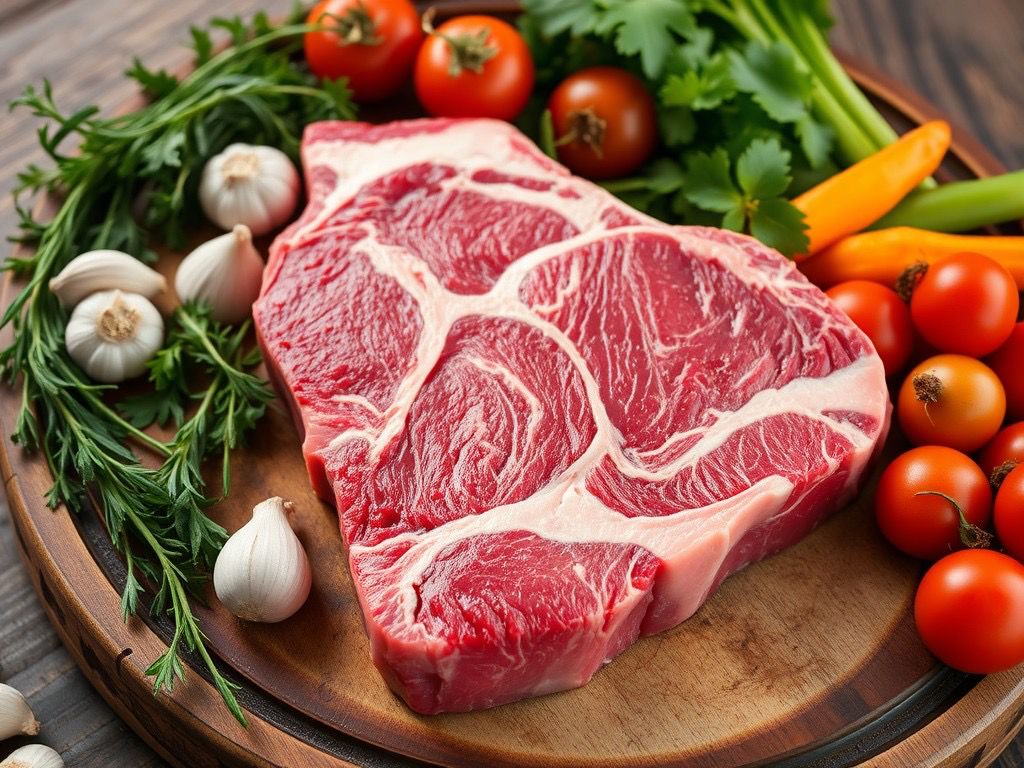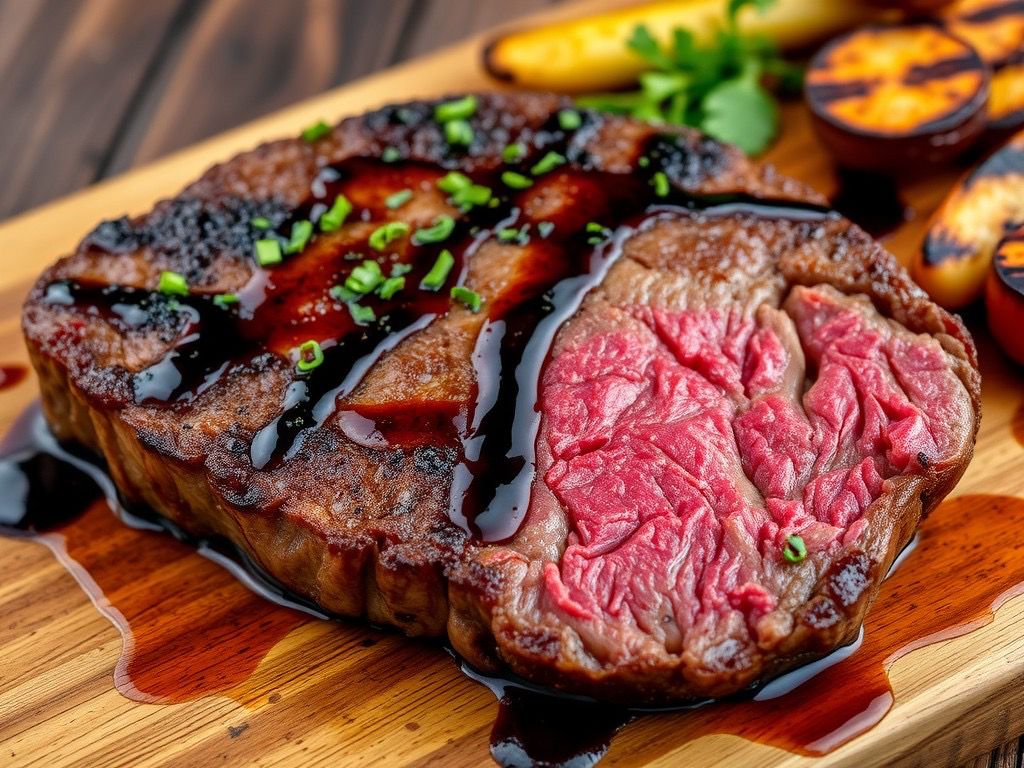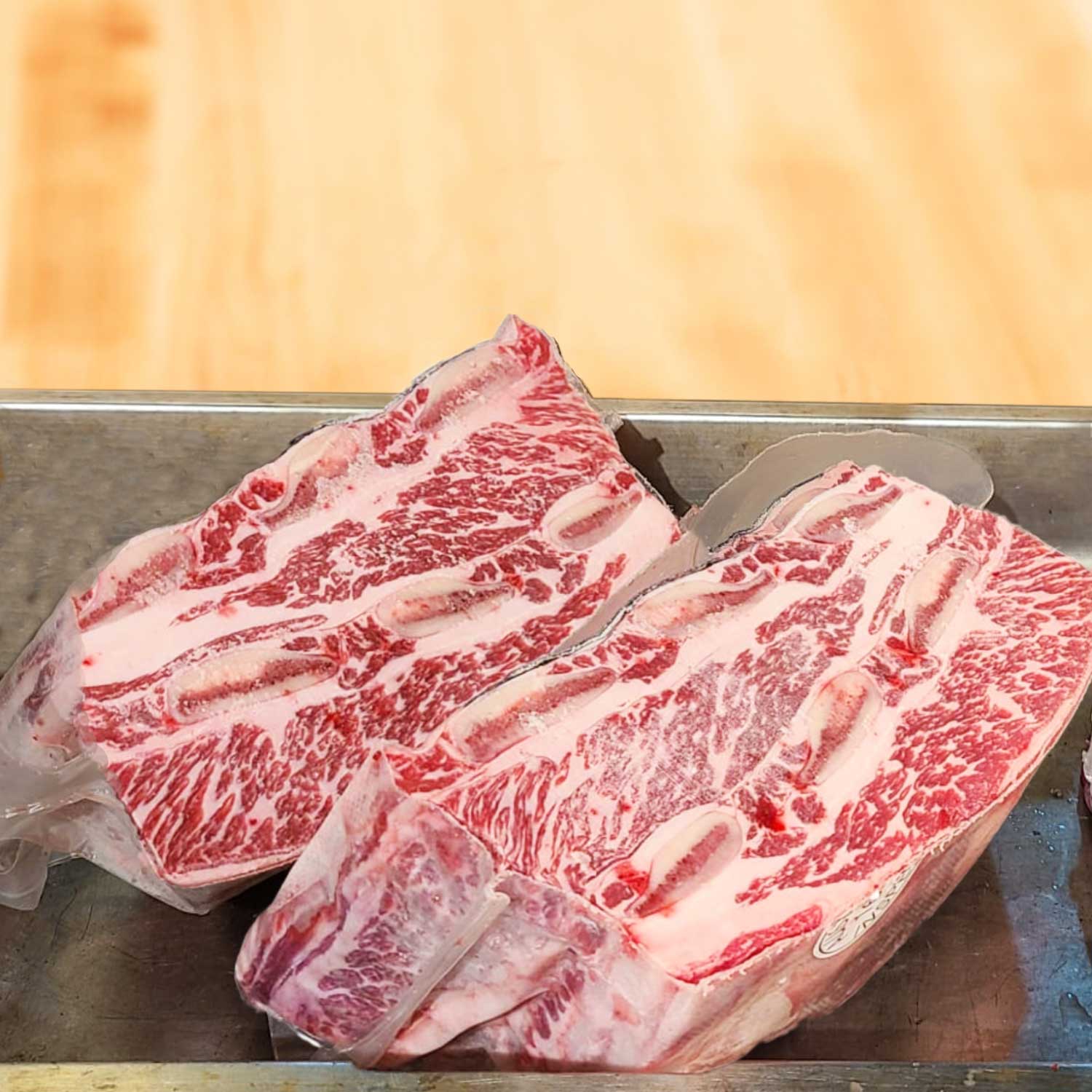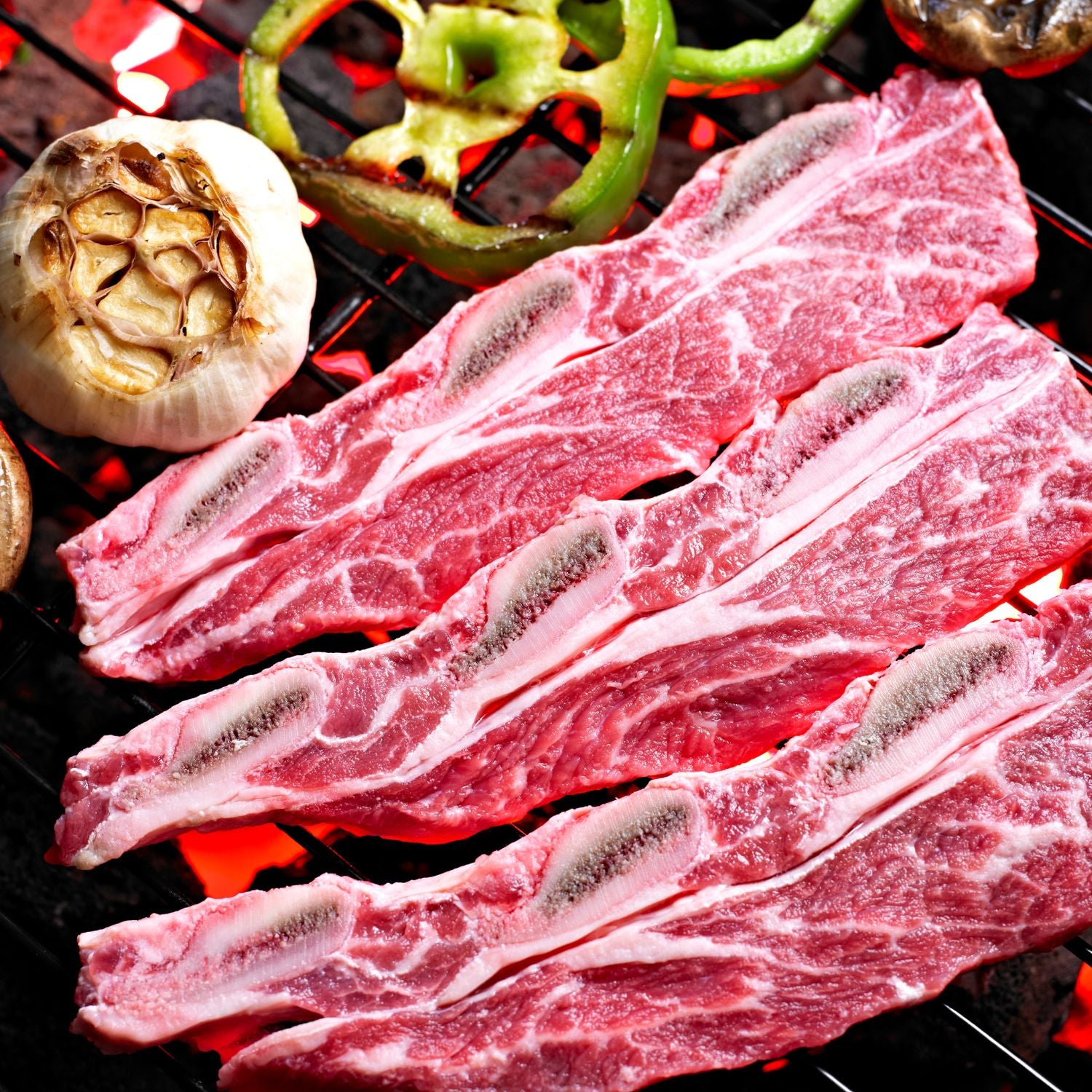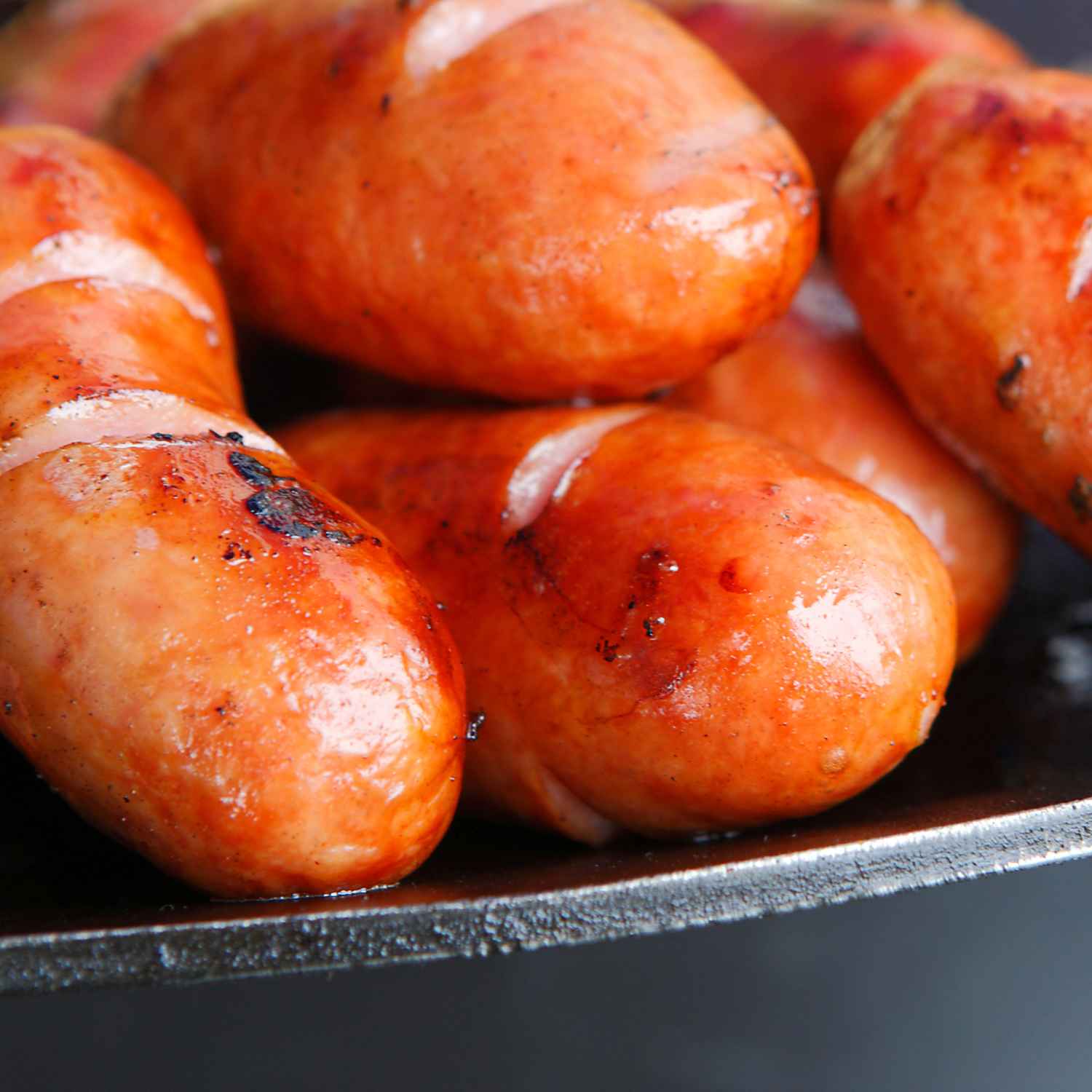Understanding Grass Fed Roast Beef: Benefits and Differences
The Nutritional Advantages of Grass Fed Meat
Grass fed roast beef is prized for its superior nutrition. Unlike grain-fed counterparts, grass fed beef has a healthier fat profile. It is rich in omega-3 fats, which are good for the heart. It also has more antioxidant vitamins, like vitamin E. This type of beef has less total fat, which can be a plus for diet plans. Eating grass fed meat could also mean fewer ‘bad’ fats, like cholesterol and saturated fat. People in Hong Kong looking for a leaner option often choose grass fed roast beef. It is also a good source of key nutrients, including iron and zinc. For a healthy meal in Hong Kong, grass fed roast beef is a smart pick.

What Makes Grass Fed Roast Beef Unique?
Grass fed roast beef is prized globally. What sets it apart? First, it's about the flavor profile. Grass diet enriches the beef with a unique, earthy taste that's hard to match. Secondly, texture is key. The meat tends to be leaner and might have a firmer bite. In Hong Kong, where cuisine is diverse, this beef adds a special touch to dishes. Lastly, the color is often a vibrant red, a sign of its natural diet. Chefs and food lovers alike take note of these features. In HK's melting pot of culinary traditions, grass fed beef has a special status.
Step-by-Step Guide to Cooking 35 Pieces of Grass Fed Roast Beef
Selecting Quality Grass Fed Roast Beef
Choosing the best grass fed roast beef is key. Look for beef that is bright red in color and has marbling. This means it has bits of fat throughout. The fat should be creamy white. Touch the beef to see if it's firm and cold, which shows freshness. In Hong Kong, you can find quality beef at local markets or high-end grocers. Make sure to ask if the beef is truly grass fed. Some sellers may claim this, but it's not always true. Go for reputable sources that provide clear info about how their cows are raised and fed.
Preparation Techniques for Bulk Roasting
When preparing 35 pieces of grass fed roast beef for bulk roasting, it's crucial to take steps ensuring the meat cooks uniformly and retains its flavor. Here’s a concise guide:
- Room Temperature Rest: Allow the beef to reach room temperature before cooking to ensure even heat distribution.
- Balanced Seasoning: Apply a consistent seasoning rub for uniform taste across all pieces.
- Oven Management: Preheat the oven to a precise temperature suited to the size of the roasts. Rotate trays or change positions midway to counter uneven oven spots.
- Timed Cooking: Calculate cooking time based on weight, aiming for about 20 minutes per pound to reach medium-rare perfection.
- Basting Technique: Baste the beef with its juices every 30 minutes to keep it moist and flavorful.
- Resting Post Roast: Once removed from the oven, let the meat rest for 10-15 minutes before carving. It distributes juices uniformly and eases slicing.
These steps are crucial for a successful bulk roast, producing tender, juicy, and delicious servings of grass fed roast beef.
Tips for Maintaining Quality and Flavor
To maintain quality and flavor when cooking 35 pieces of grass fed roast beef, follow these tips:
- Marinate Adequately: Apply your marinade evenly to each piece. Use simple, high-quality ingredients that complement the natural flavors of the beef.
- Even Cooking: Arrange the beef pieces in a single layer with space between them on the roasting pan to ensure uniform cooking.
- Thermometer Is Key: Use a meat thermometer to check the internal temperature of each roast. The ideal temp is 145°F for medium-rare.
- Rest Before Serving: Allow the meat to rest for at least 10 minutes after roasting. This helps retain the juices and enhance the beef's flavor.
- Herb Infusion: Incorporate fresh herbs like rosemary or thyme during the last roasting stage. This gives an aromatic boost that pairs well with the natural taste.
Remember, grass fed beef cooks quicker than grain-fed, so keep an eye on the cooking time. Happy roasting!
Leveraging Grass Fed Roast Beef for Various Occasions
Creating Memorable Meals for Special Events
Special events deserve standout dishes that leave an impression. Hong Kong is known for its vibrant culinary scene, and adding grass fed roast beef can elevate any celebration. Focus on aromatic spices common in Chinese cuisine to marinate the beef. Pair it with gourmet sides like truffled mashed potatoes or sautéed Asian greens. Consider cooking methods that enhance tenderness, like slow-roasting. To truly make it memorable, add a local twist, such as a glaze with Hoisin sauce or a side of dim sum. This creates not just a meal, but an experience.
Innovative Recipes for Daily Family Dinners
Adding grass fed roast beef to your family dinner routine can spark culinary creativity. Here are some ideas:
- Zesty Asian Beef Salad: Thinly slice roast beef and toss with mixed greens, fresh herbs, chili, and a soy-lime dressing.
- Hearty Beef Stir-fry: Cut beef into strips, and stir-fry with colorful veggies and oyster sauce. Serve with rice.
- Roast Beef Noodle Soup: Shred leftover roast beef into a comforting broth, with noodles and greens.
- Beef and Broccoli Bake: Combine chunks of roast beef with broccoli in a creamy sauce, top with breadcrumbs, and bake until golden.
- BBQ Beef Sliders: Pull apart cooked roast beef, mix with BBQ sauce, and pile onto mini buns with coleslaw.
These recipes are simple to make, yet packed with the rich flavors of grass fed beef. Perfect for Hong Kong's fast-paced lifestyle.
Strategies for Restaurants and Caterers
When restaurants and caterers in Hong Kong serve grass fed roast beef, they need a solid plan. Here's a stratagem:
- Assess the Demand: Understand the preferences of your clientele. Adapt your menu to include different cuts and cooking styles of roast beef. Keep track of popular choices.
- Bulk Cooking Mastery: Develop a method for cooking large amounts at once without losing quality. This can be done by staggering the cooking times for each batch or using precise temperature controls.
- Quality Control: Make sure each piece meats the high standards expected in fine dining. Implement checks at every stage - from storage to plating.
- Innovative Menus: Offer creative dishes that showcase the rich flavor of grass fed beef. Think beyond traditional roasts; consider incorporating it into wraps, salads, or fusion dishes.
- Seasonal Sourcing: Work with local farms to ensure a year-round supply of quality grass fed beef. This can also be a selling point for customers interested in sustainability.
By following these strategies, restaurants and caterers in Hong Kong can excel with their grass fed roast beef offerings.











